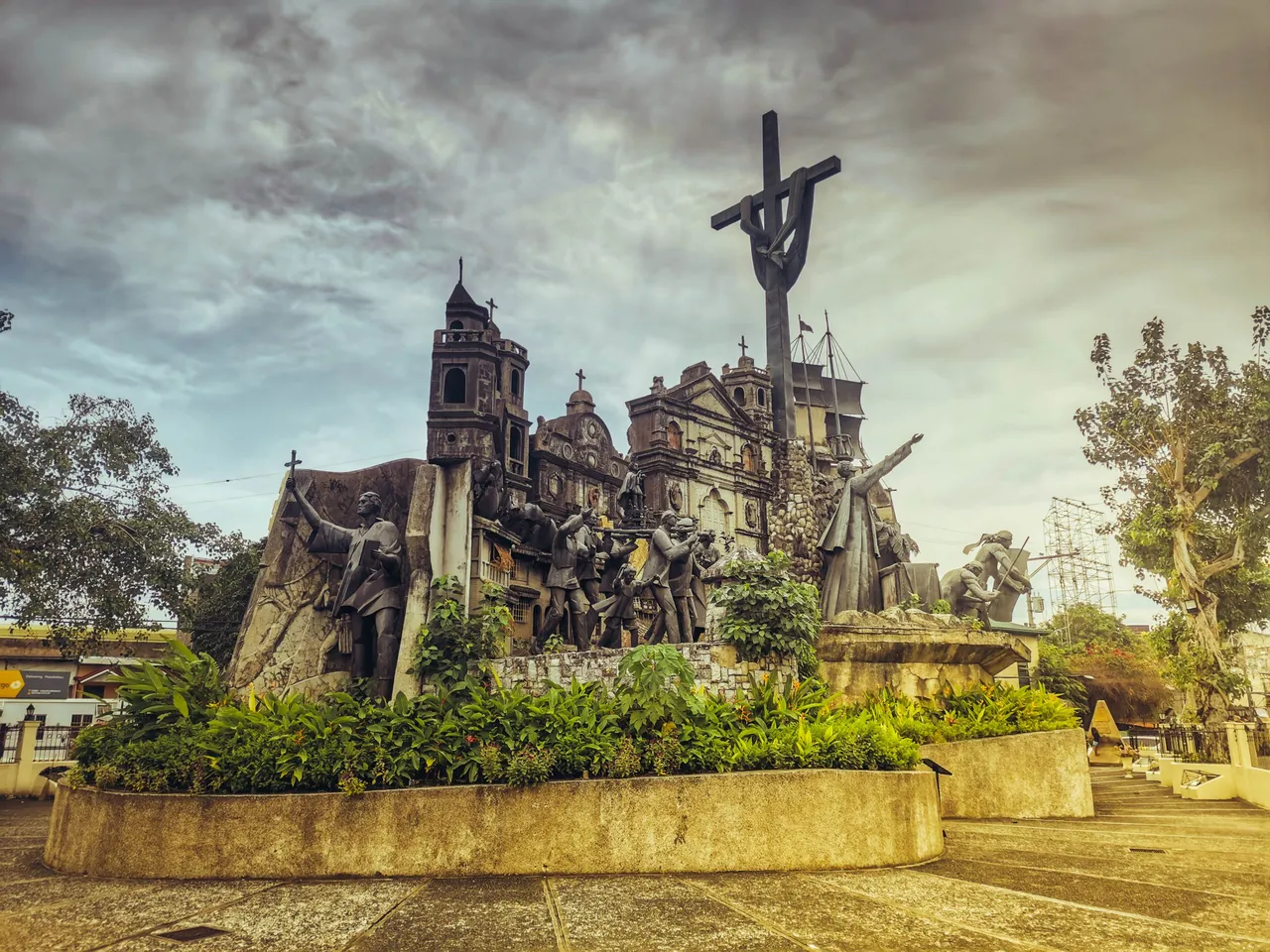
HERITAGE OF CEBU MONUMENT, CEBU CITY—It was a beautiful day in Cebu, with the sun shining and humidity tolerable due to the cool breeze blowing in February. I had just finished some errands around the area and was looking for a way to unwind and relax. As I walked through the city's busy streets, I noticed a group of Korean tourists gathered around a statue, taking photos and admiring its beauty. It has been a while since I visit the Heritage of Cebu Monument (well, we call it Parian informally).
Curious, I approached the crowd and saw how the tourist was paying attention to the local tour guide at the Heritage of Cebu Monument. Although I had lived in Cebu for most of my life, I didn't take the time to appreciate this iconic landmark up close. As I looked at the intricate details of the sculptures, I was struck by a sense of awe and wonder.
Standing before the sculpture, I have seen the statue countless times, but my amazement will never get old. The enormous sculptures depict various essential events in Cebuano's history. I stepped closer to the monument and was amazed by the intricate details of the carvings on the stone. Each carving was a testament to the rich cultural heritage of the place. The designs were complex and delicate, and I marveled at the skill and artistry of the people who created them.
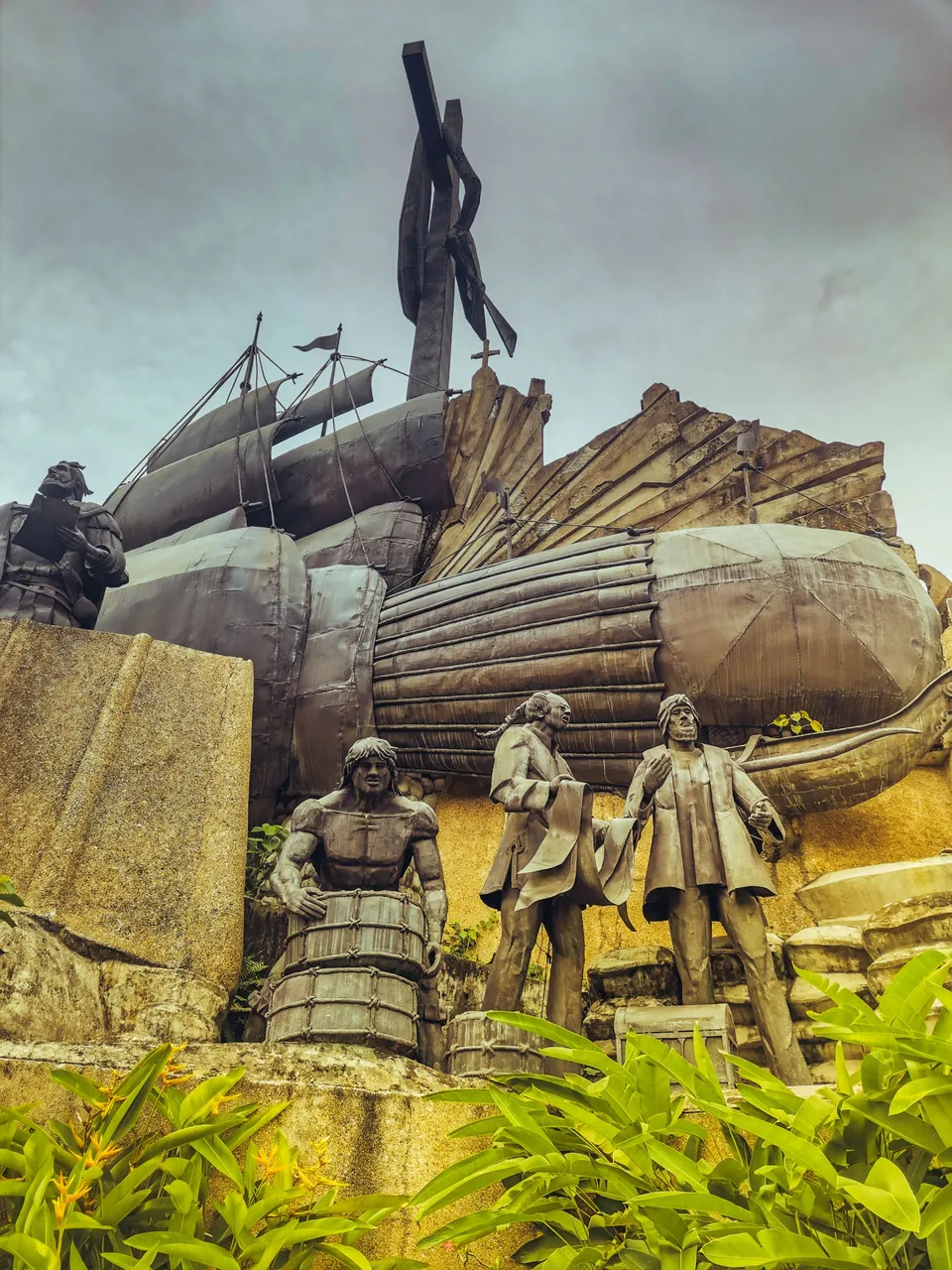
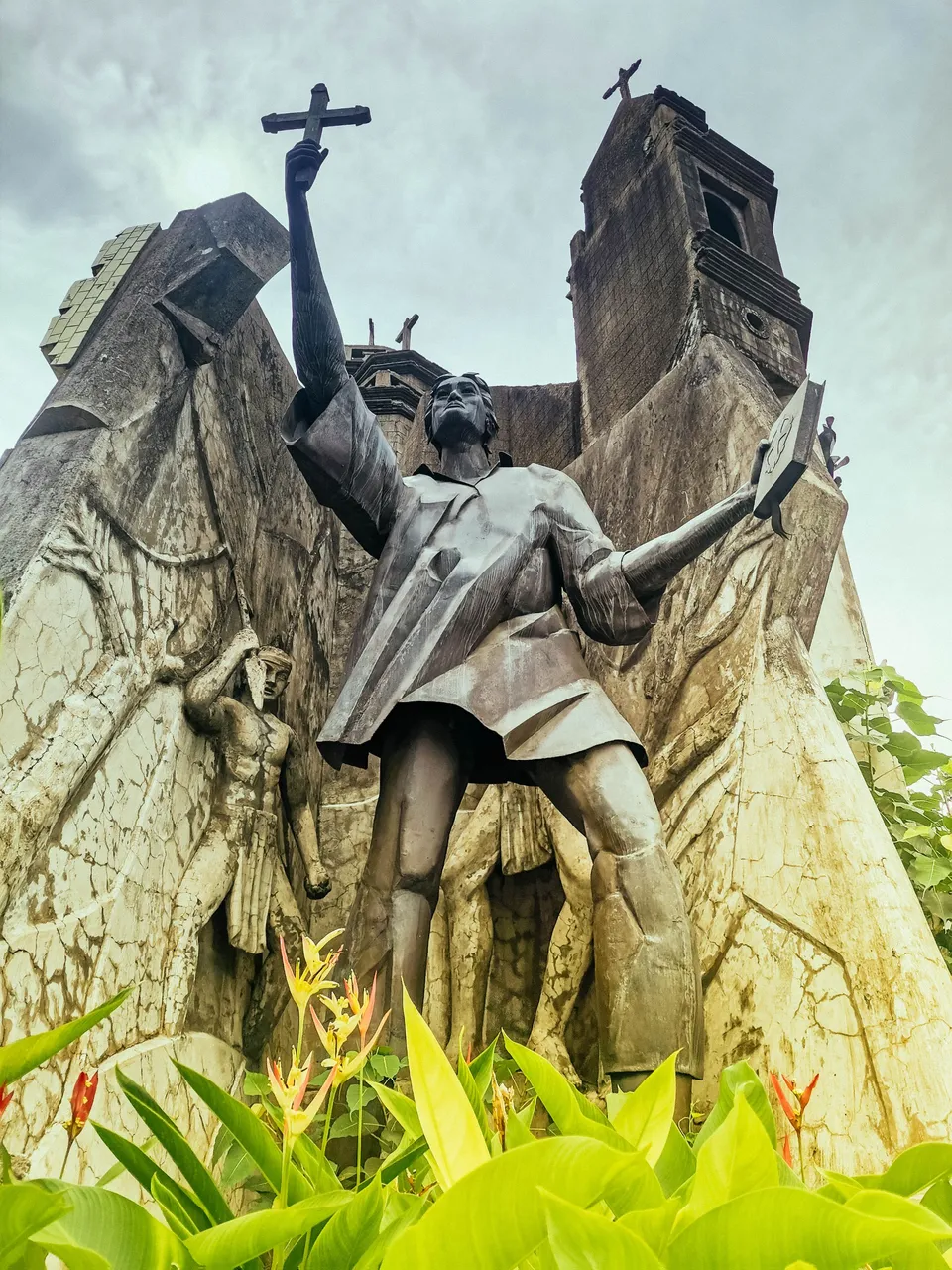
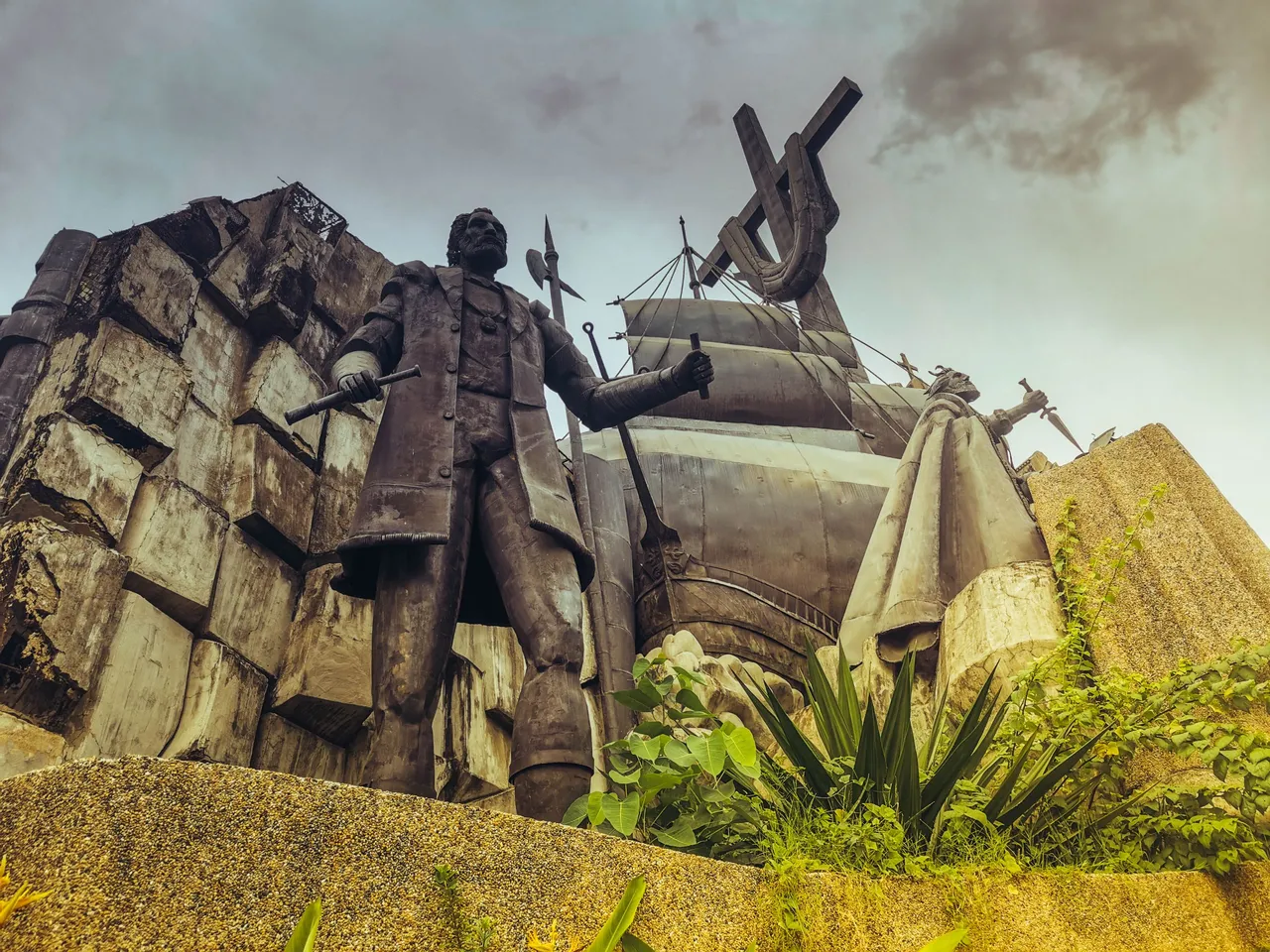

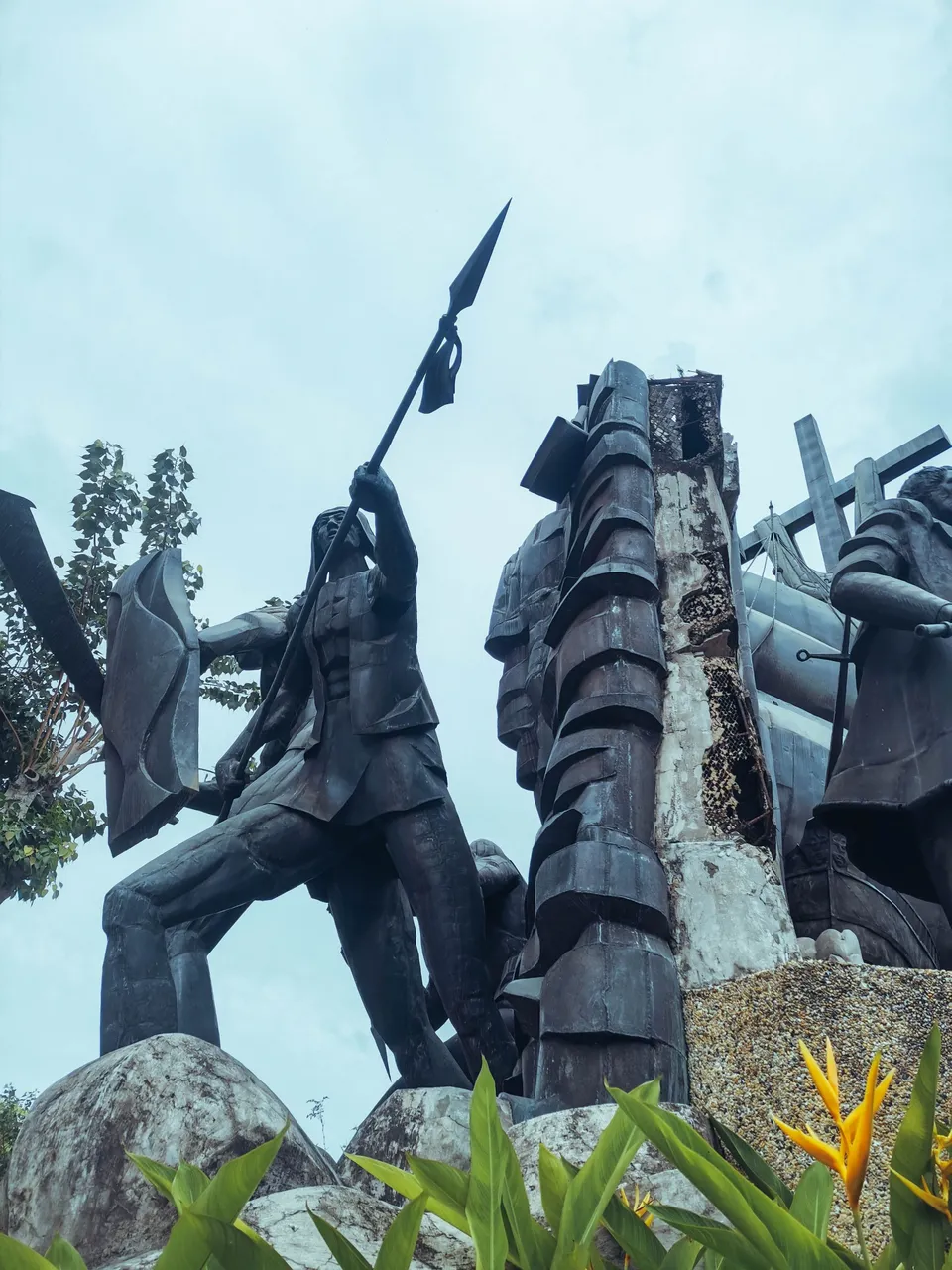
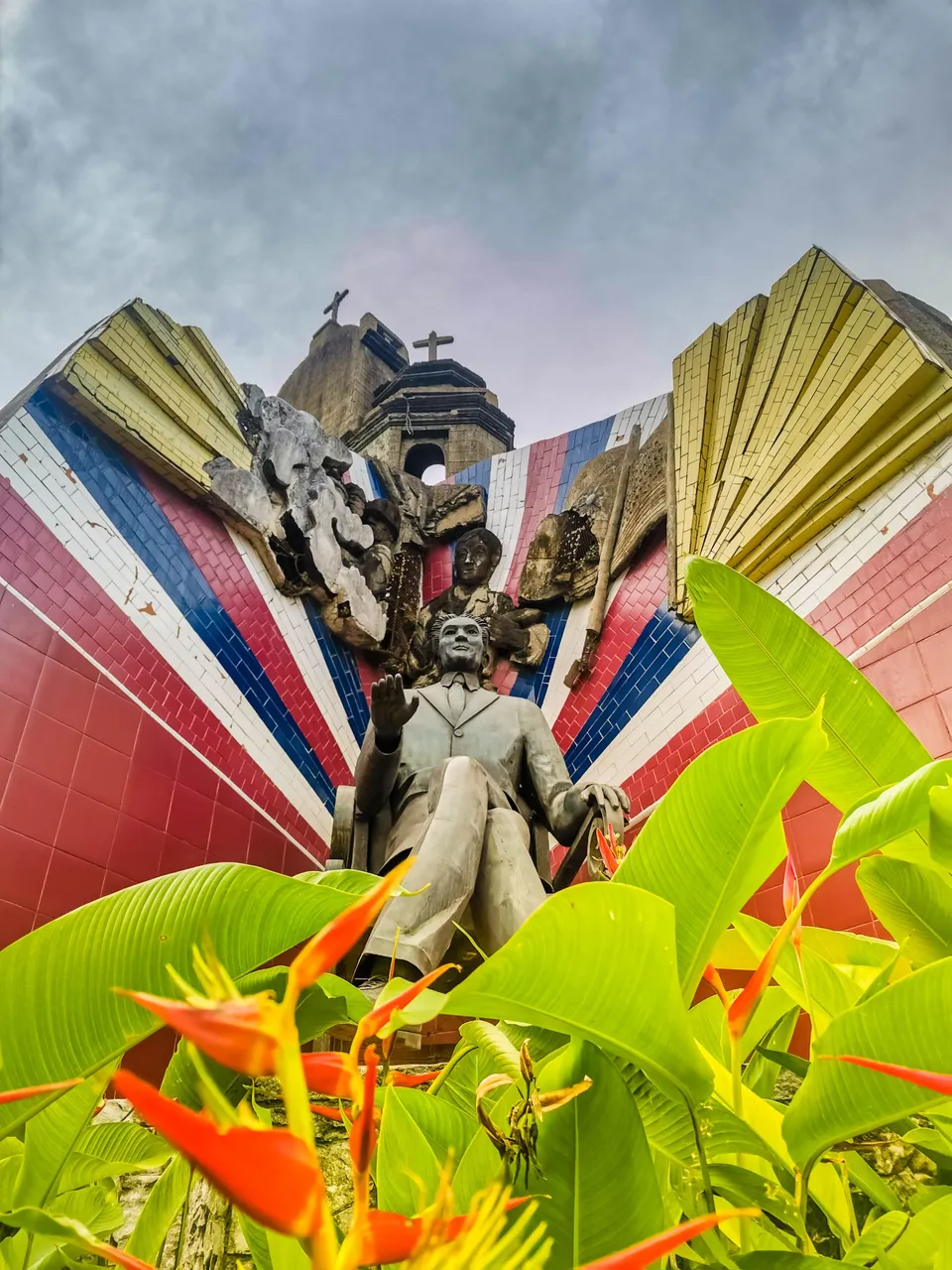
The native chieftain is depicted in regal attire, with a headdress made of feathers and a necklace of beads around his neck. His wife and child were dressed in traditional garb and held onto his arms as if seeking protection. The warriors surrounding the chieftain are equally impressive, with their muscular frames and fierce expressions. They hold a variety of weapons, which are intricately detailed down to the last notch and curve. The warriors are dressed in loincloths and belts, with feathered headdresses and armbands that signify their rank and status. Each element of the monument is carefully crafted and detailed, showcasing the skill and artistry of the sculptor, Eduardo Castrillo.
As the tableau progresses, the sculptures become more elaborate and detailed, showcasing the influence of Spanish colonization on Cebuano culture. The priest baptizes a native in flowing robes, with a crucifix in one hand and a book in the other. His expression shows piety and reverence. The detail in his features is remarkable, from the lines on his face to the wrinkles in his robes.
The group of natives carrying an image of the Virgin Mary is equally stunning, with their flowing hair and colorful attire. They are moving in unison as if they're dancing. They are intricate and precise, from the folds in their skirts to the patterns on their shawls.
There is a section that depicts festivity. The sculptures have a more celebratory tone, with a group of musicians and dancers representing the Sinulog Festival. The dancers are shown in mid-twirl, with their arms raised in a graceful arc. Their clothing is adorned with colorful beads and sequins, which catch the light and sparkle in the sun.
The Battle of Mactan, a section of the monument, is perhaps the most striking. Lapu-Lapu, the local hero who defeated the Spanish conquistadors Ferdinand Magellan, is depicted in a triumphant pose, with his spear raised high in the air. He is surrounded by warriors dressed in traditional garb, with shields and spears at the ready.
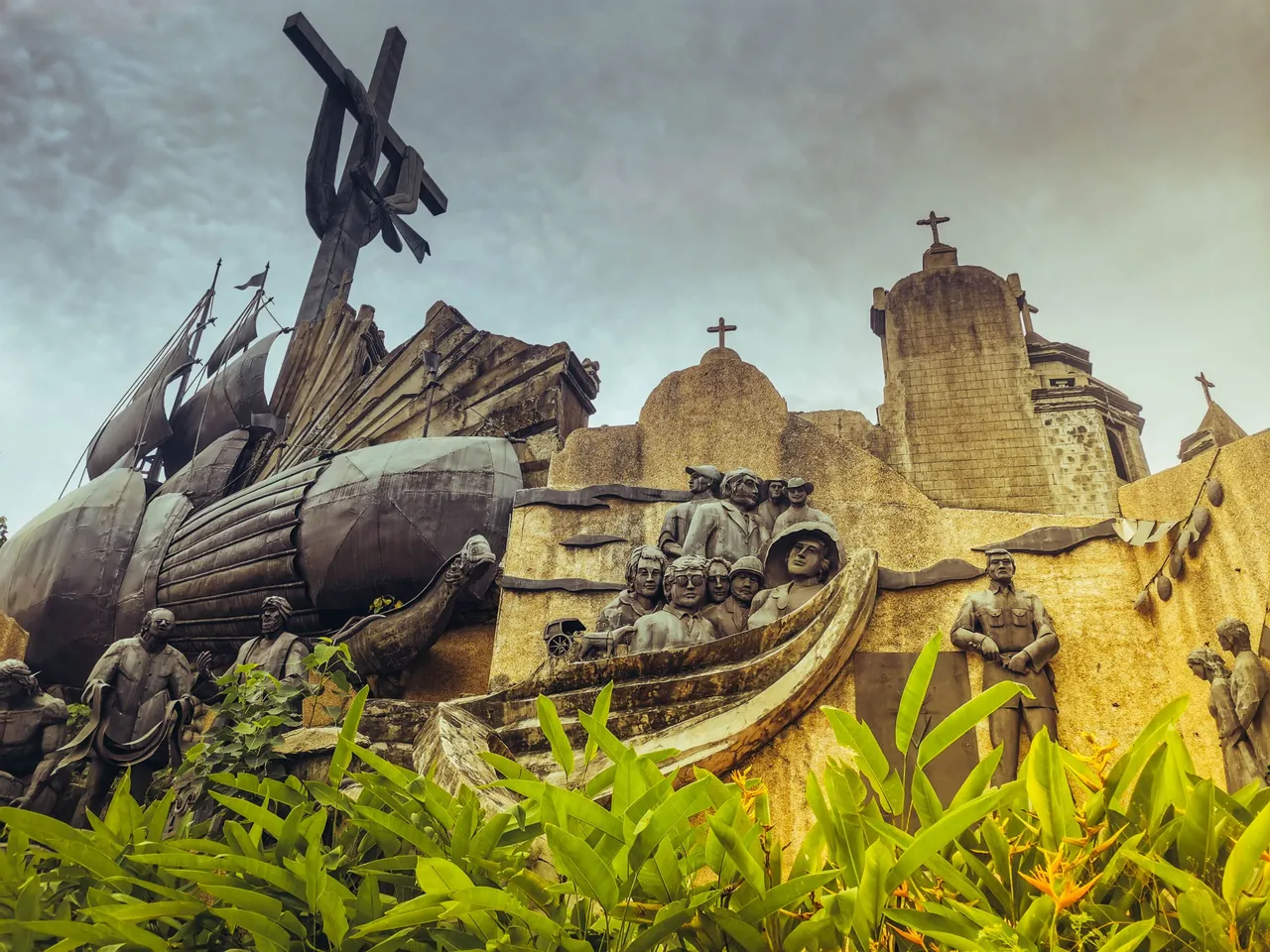
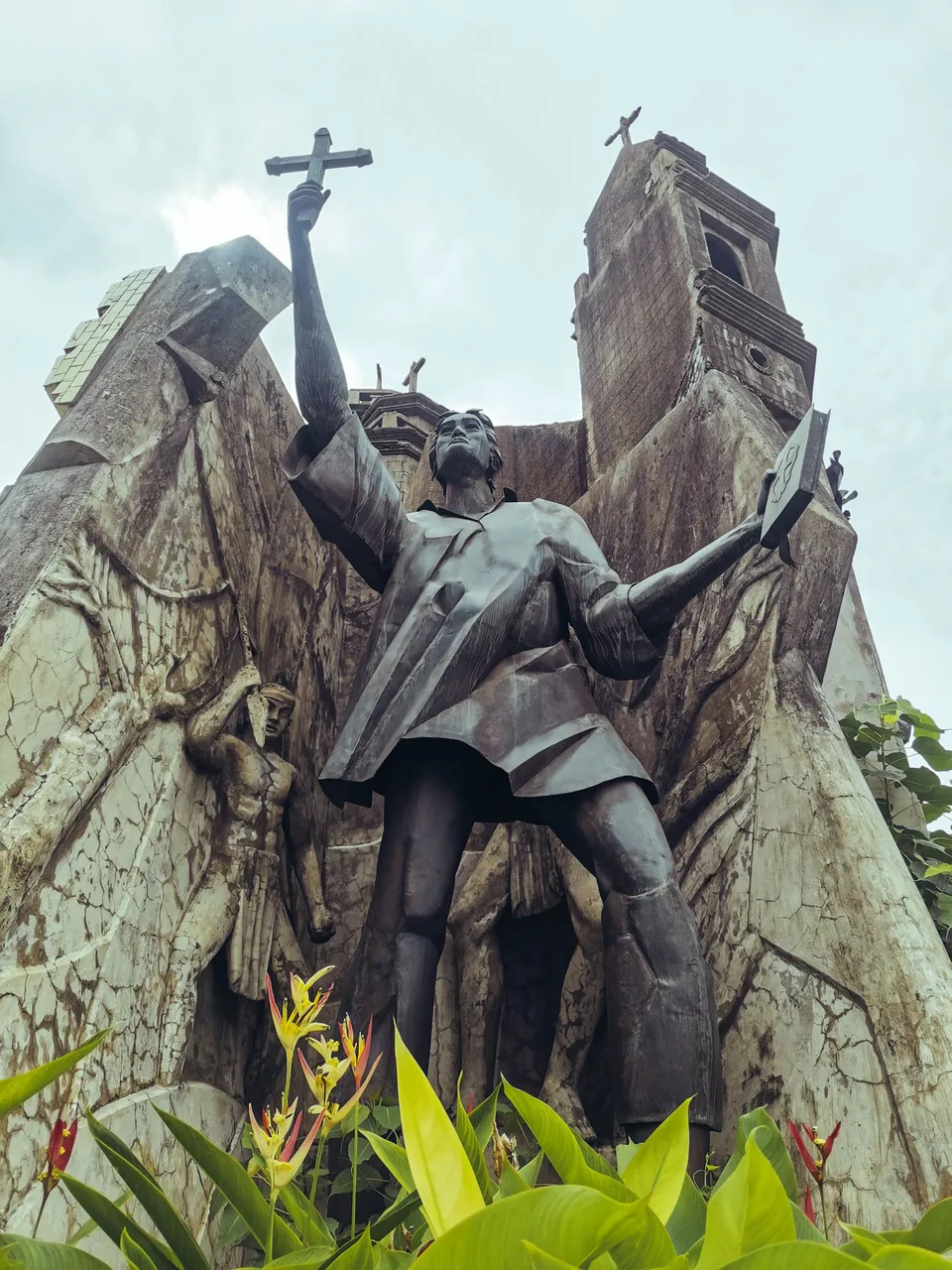

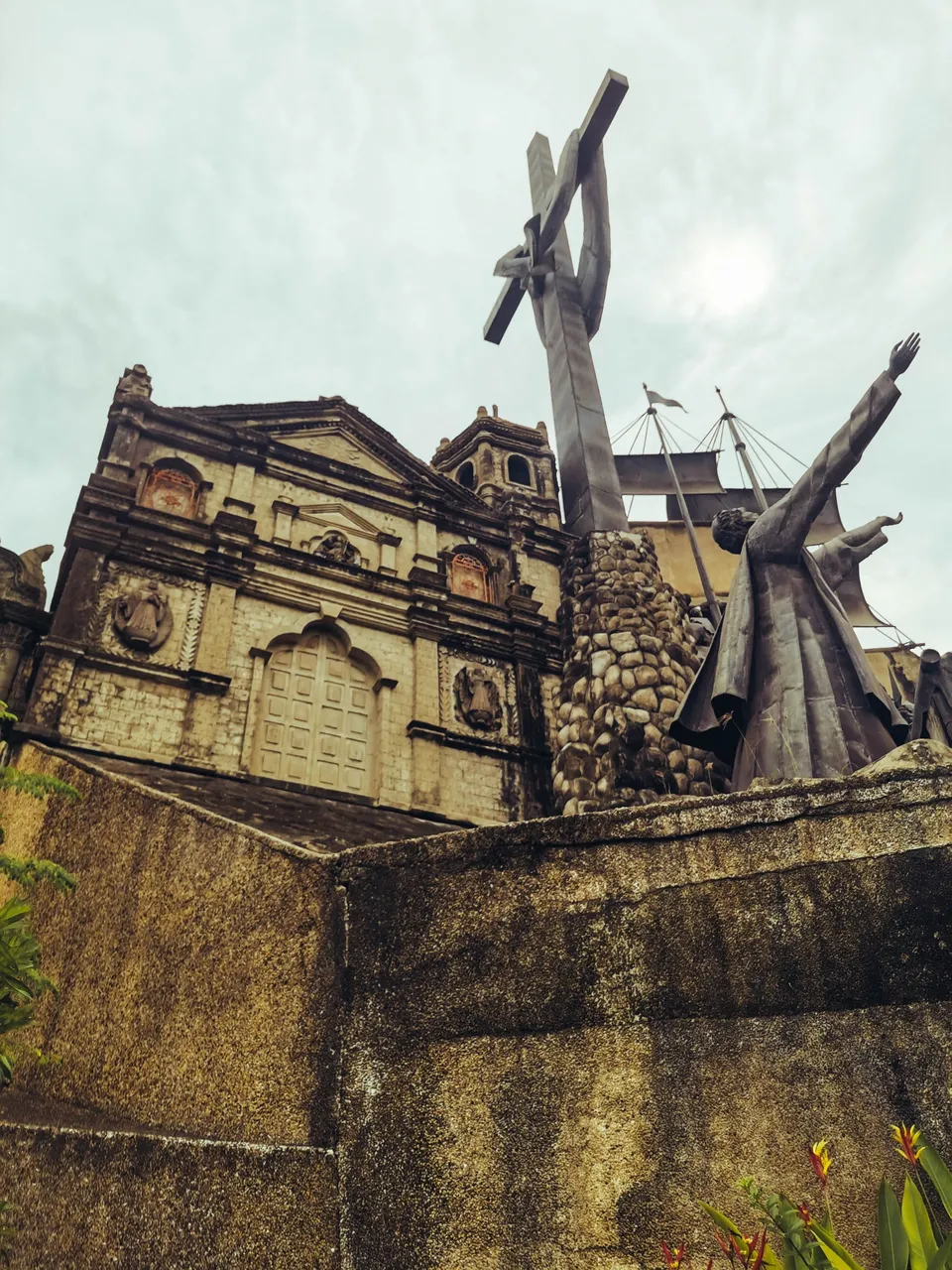
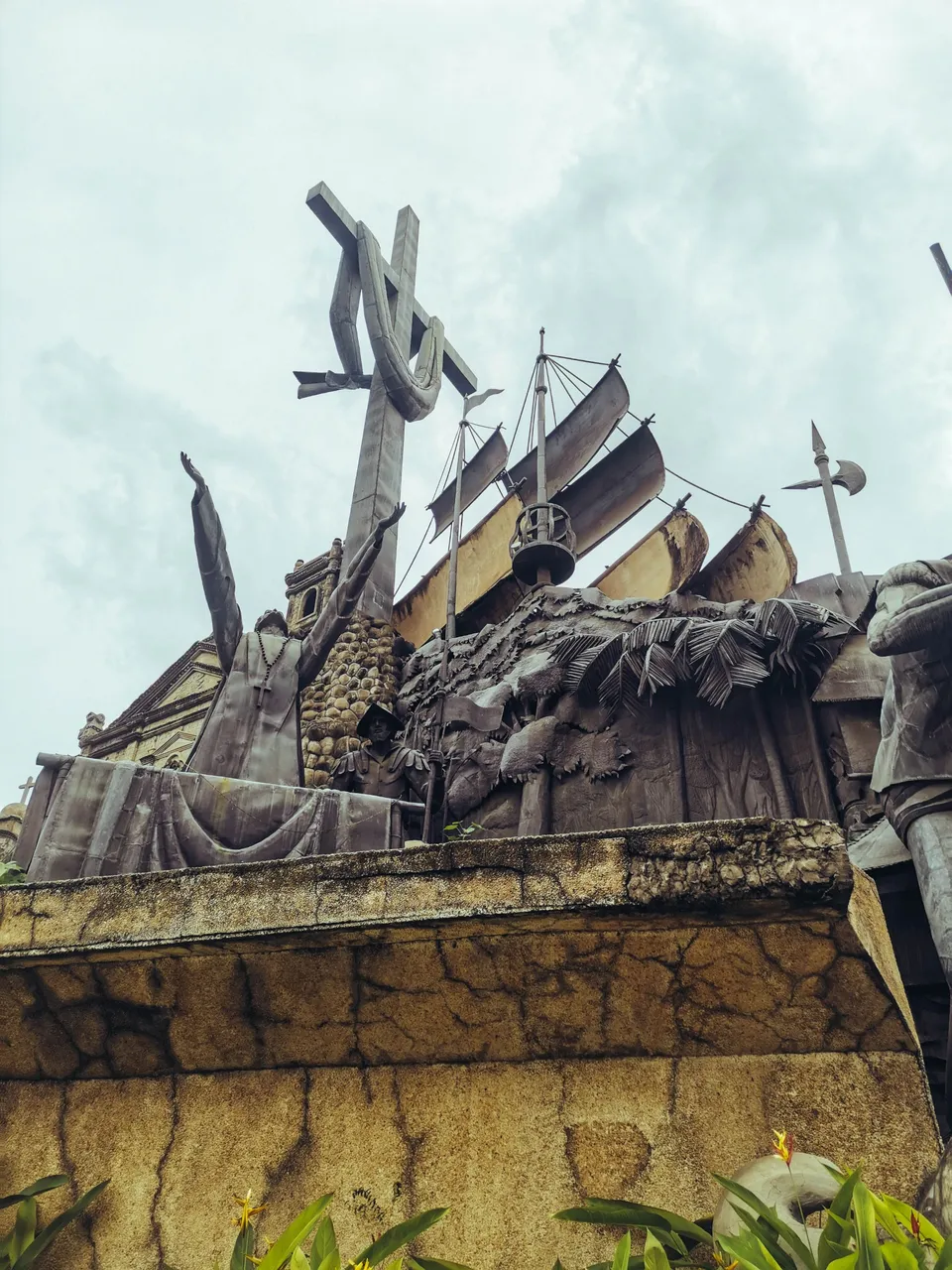
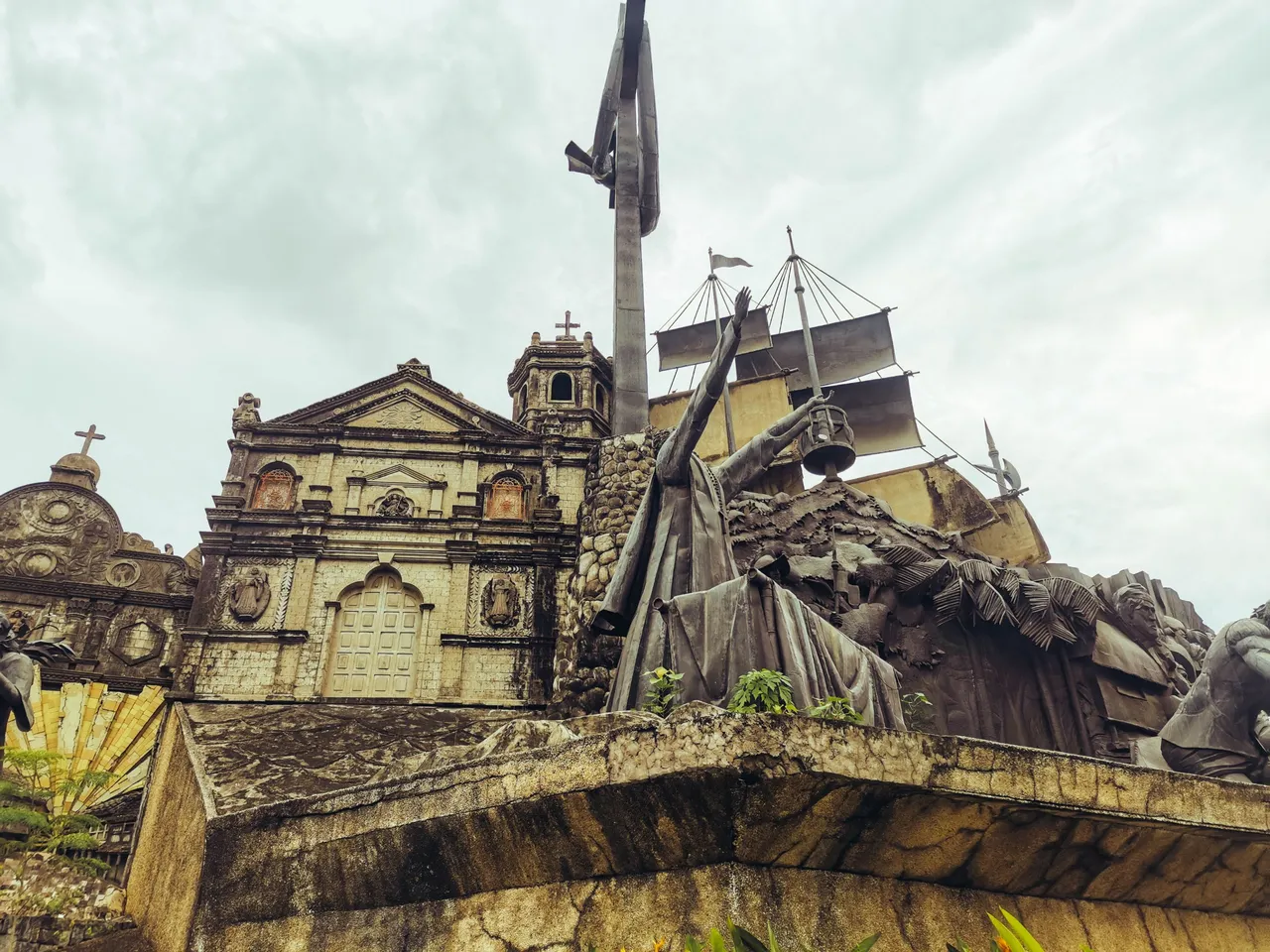
The artistry in the sculptures is genuinely remarkable. The use of bronze gives the sculptures a sense of weight and solidity. At the same time, the steel and concrete of the monument provide a sturdy and lasting framework for the artwork.
As I gaze at the structure, I am transported back in time, and I can almost feel the sun's heat on my skin and the earth beneath my feet. The sculptures are so realistic and detailed that it is as if they have come to life. I soon found myself lost in thought, contemplating the stories behind each sculpture and reflecting on my hometown's rich heritage and culture. The warmth of the sun and the cool breeze of February only added to the peaceful atmosphere, and I felt genuinely relaxed for the first time in weeks.
As I continued to explore the monument, I felt a sense of connection to the place and the people who had come before me. I felt proud to be a part of the Cebuano community and to share in the rich traditions and history that make our city so unique.
I can't help but feel a sense of connection to my heritage and culture. The sculpture is a visual representation of the struggles and triumphs of our people, and it serves as a reminder of the sacrifices they made to pave a life today.
I walked around the monument, taking in the sights and sounds of the place. The air was filled with the aroma of delicious street food not far from where I was standing. The sound of locals and tourists chatting and laughing. I was struck by the warmth and hospitality of the locals, who greeted the tourists with a smile.
As I continued my journey around the monument, I saw a group of children playing. They were chasing each other, laughing, and having the time of their lives. I was touched by the joy and happiness they radiated, and I knew I was in a particular place.
I sat on a bench, taking in the sights and sounds around me. I watched as the people went about daily, carrying out their traditions and customs. The beauty of their heritage was evident in everything they did, from the food they cooked to the clothes they wore.
As the day wore on, I found myself drawn to the stories of the locals. They told me about their struggles and triumphs, their joys and sorrows. I was moved by their resilience and determination to preserve their heritage and culture.
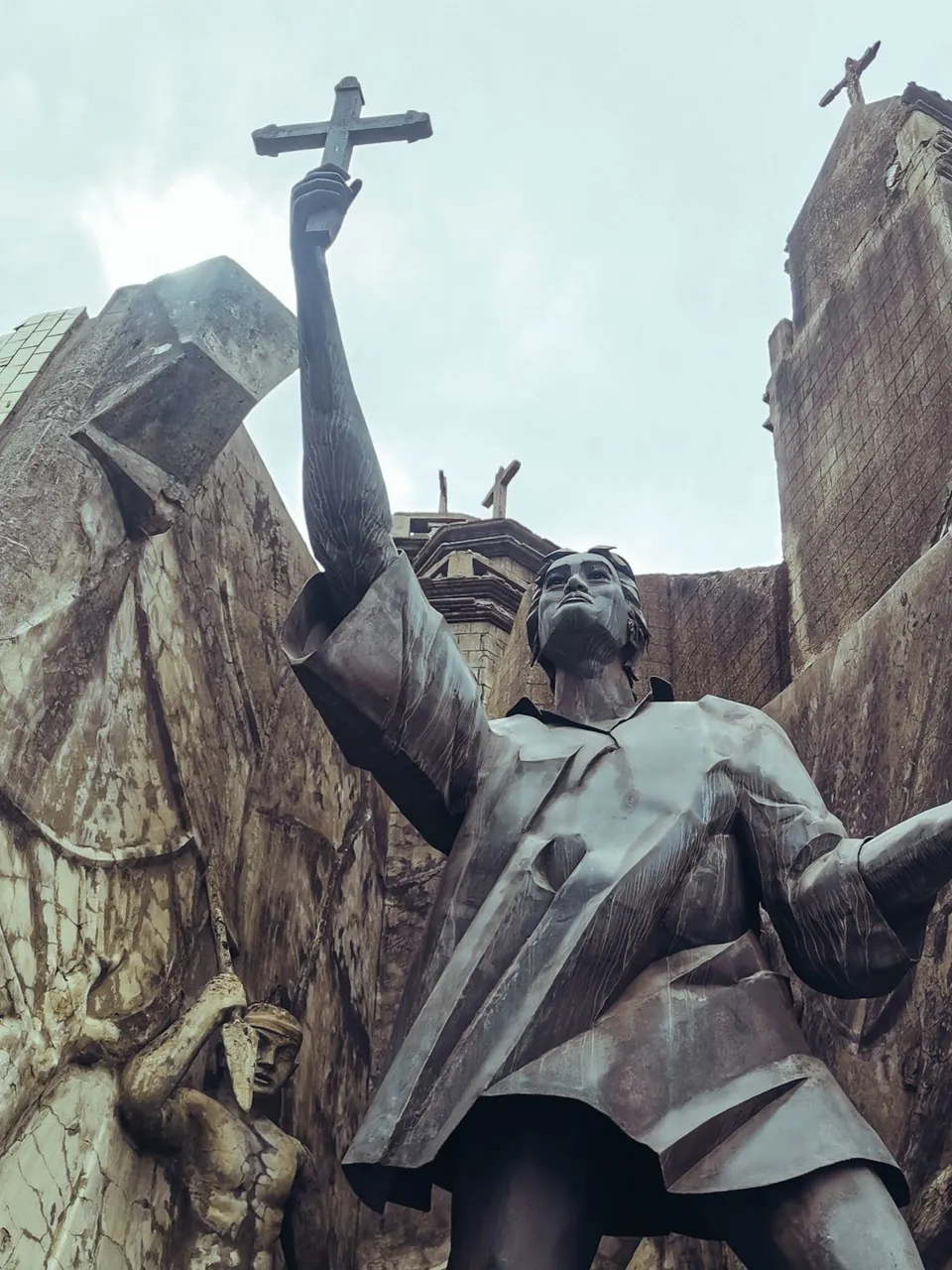
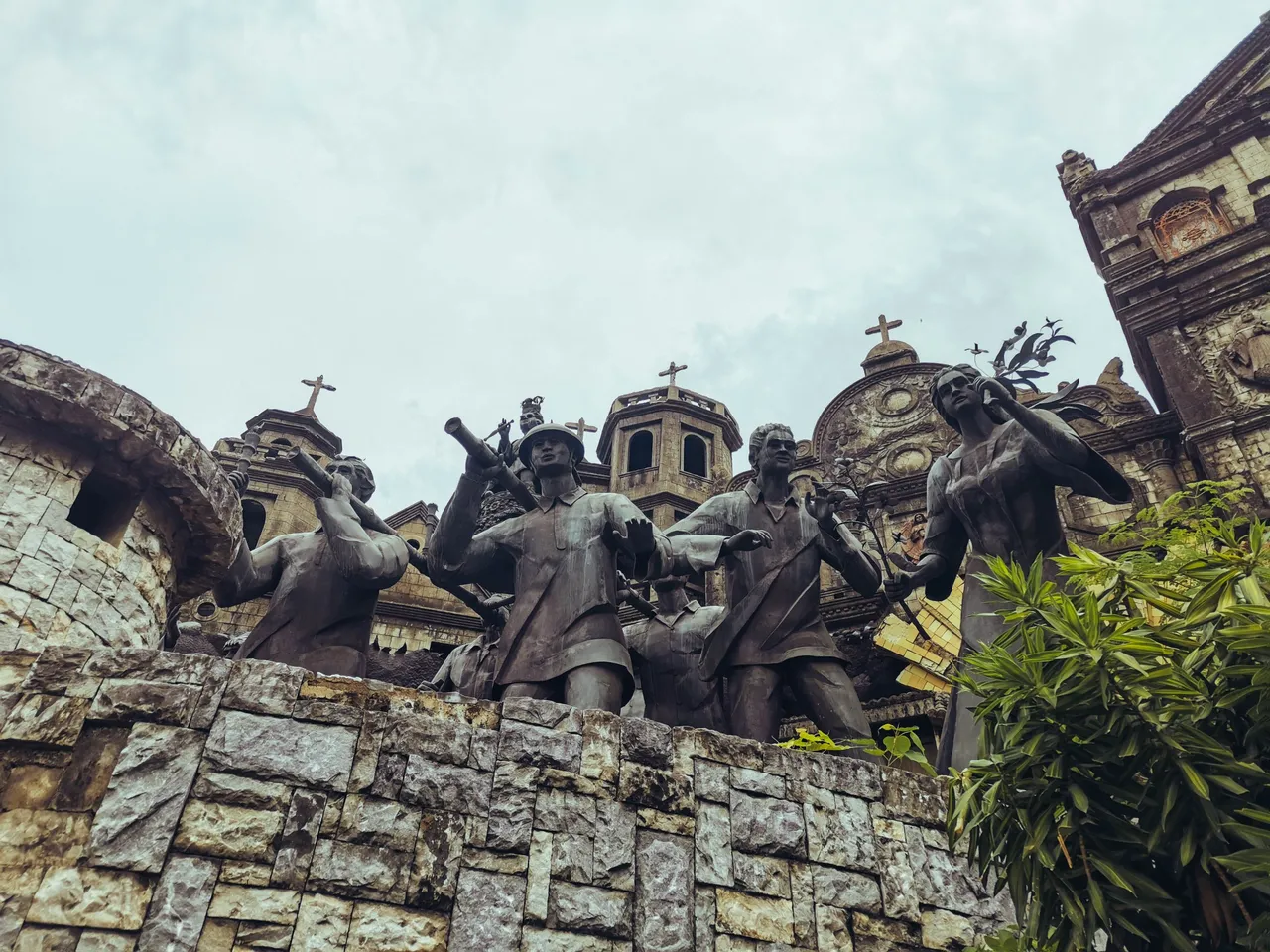

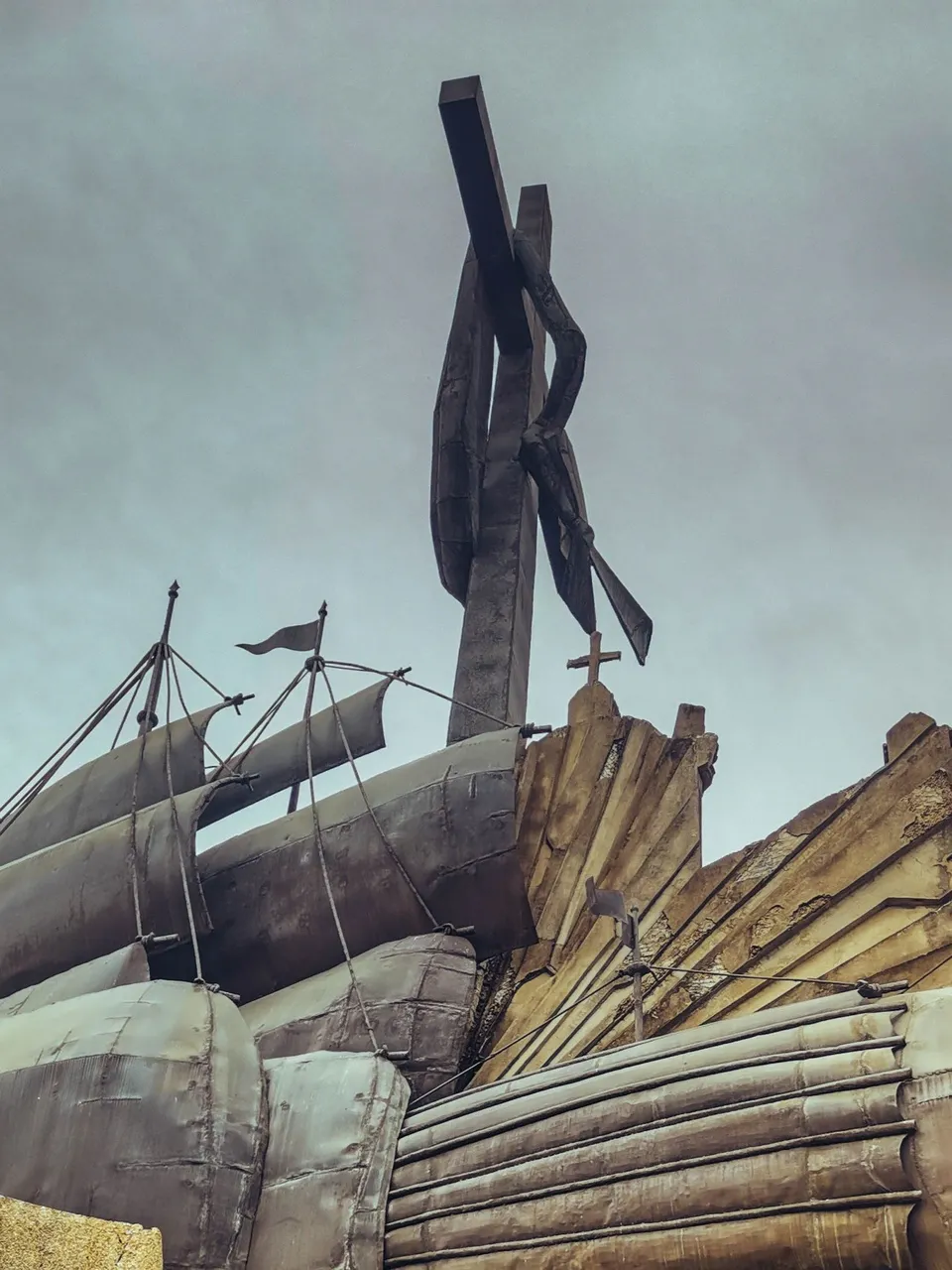
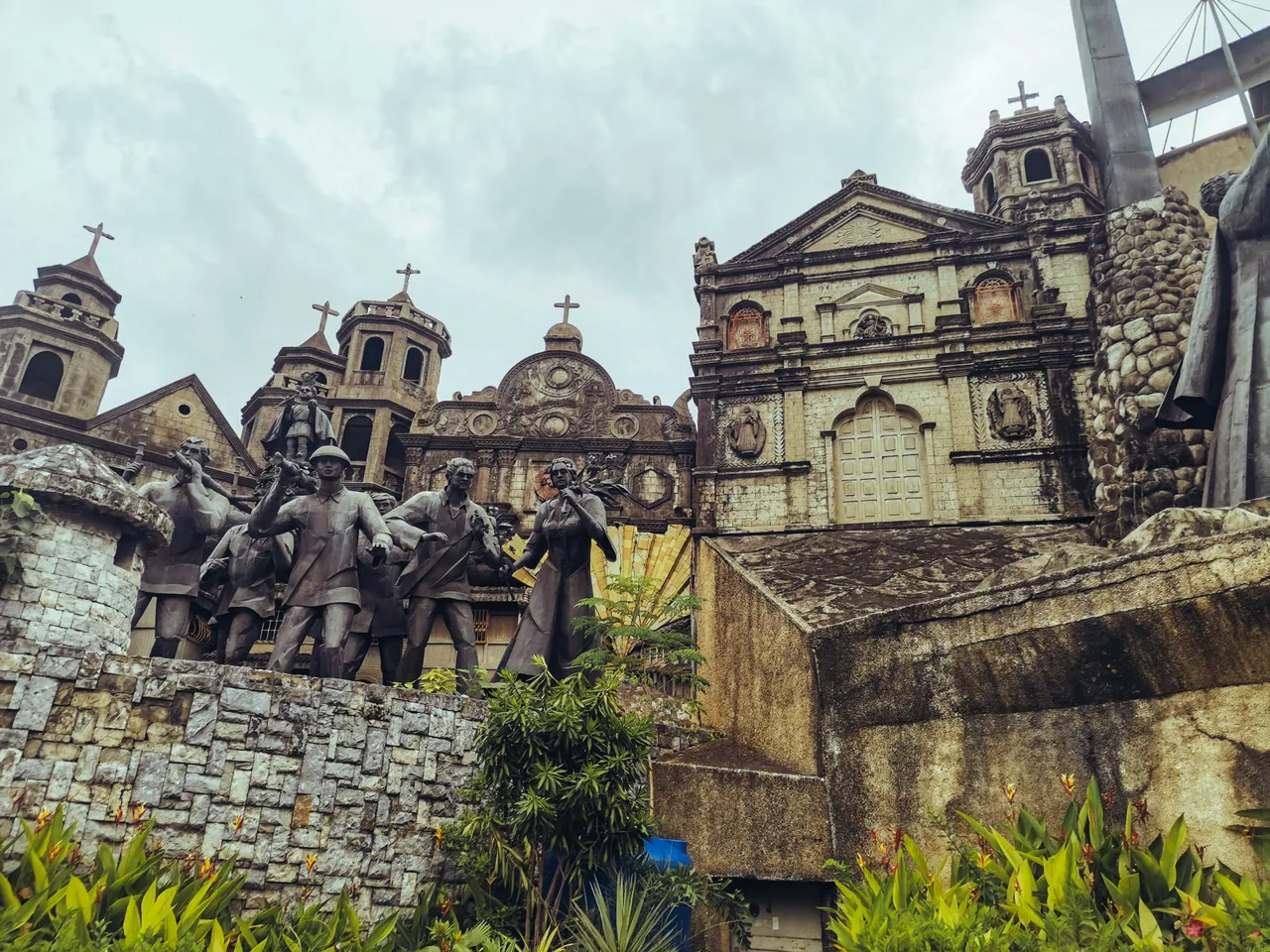
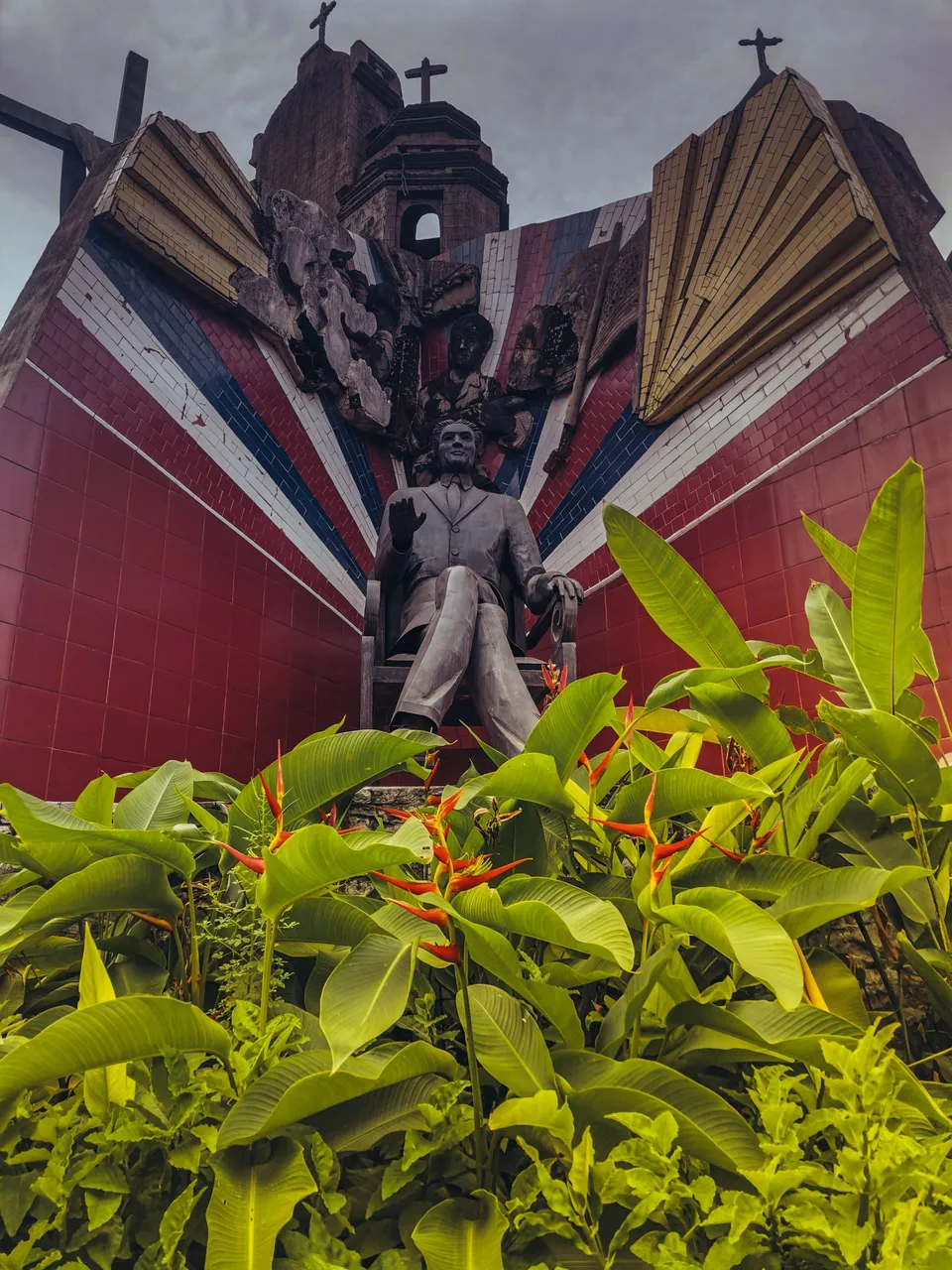
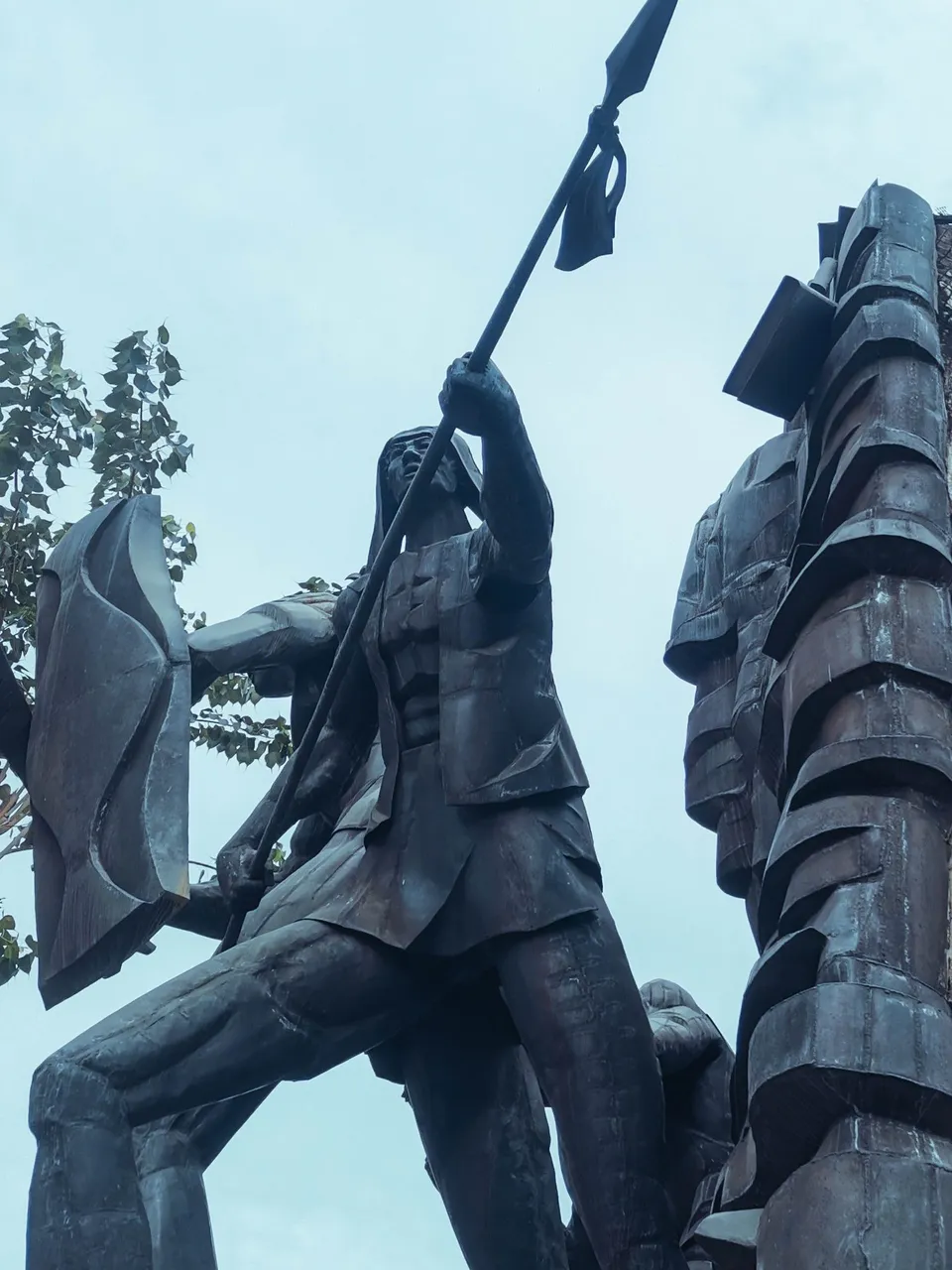

The sun began to set, casting a warm glow over the monument. The colors of the sky were breathtaking, and I felt a sense of peace and contentment wash over me. I knew I had witnessed something special that I would never forget.
As I walked away from the monument, I felt renewed hope and inspiration. The people and the culture touched my heart in a way I could never have imagined. I knew I would carry the memories of this special place with me for the rest of my life.
At that moment, I realized that the monument was not just a place but a symbol of the resilience and beauty of the human spirit. The people and the culture surrounding it were a testament to the power of tradition and heritage, and I felt honored to have been a part of it. It tells the story that continues to unfold. As a local, I feel a sense of responsibility to share this story with others and help them appreciate our culture's beauty and richness.
Through the monument, we can learn about the struggles and achievements of our people and how they shaped the Cebuano identity. We appreciate the diversity of our traditions and the many influences that have contributed over the years.
As my visit ended, I realized that my time at the monument had been more than just a simple visit; it had been a transformative experience. I left feeling renewed, reinvigorated, and deeply grateful for the opportunity to connect with my heritage and the beauty of the world around me.
| AUTHOR'S NOTE: The Place We Find Ourselves is a series blog about how we find ourselves in the places we been, the heritage and culture tha forms us, and everything in between. Missed the previous post? Check out Inside FortSan Pedro: The Place We Find Our Getle Self. |
|---|
All photos are from the author. Facts presented about Fort San Pedro is referenced from Cebu Insight.